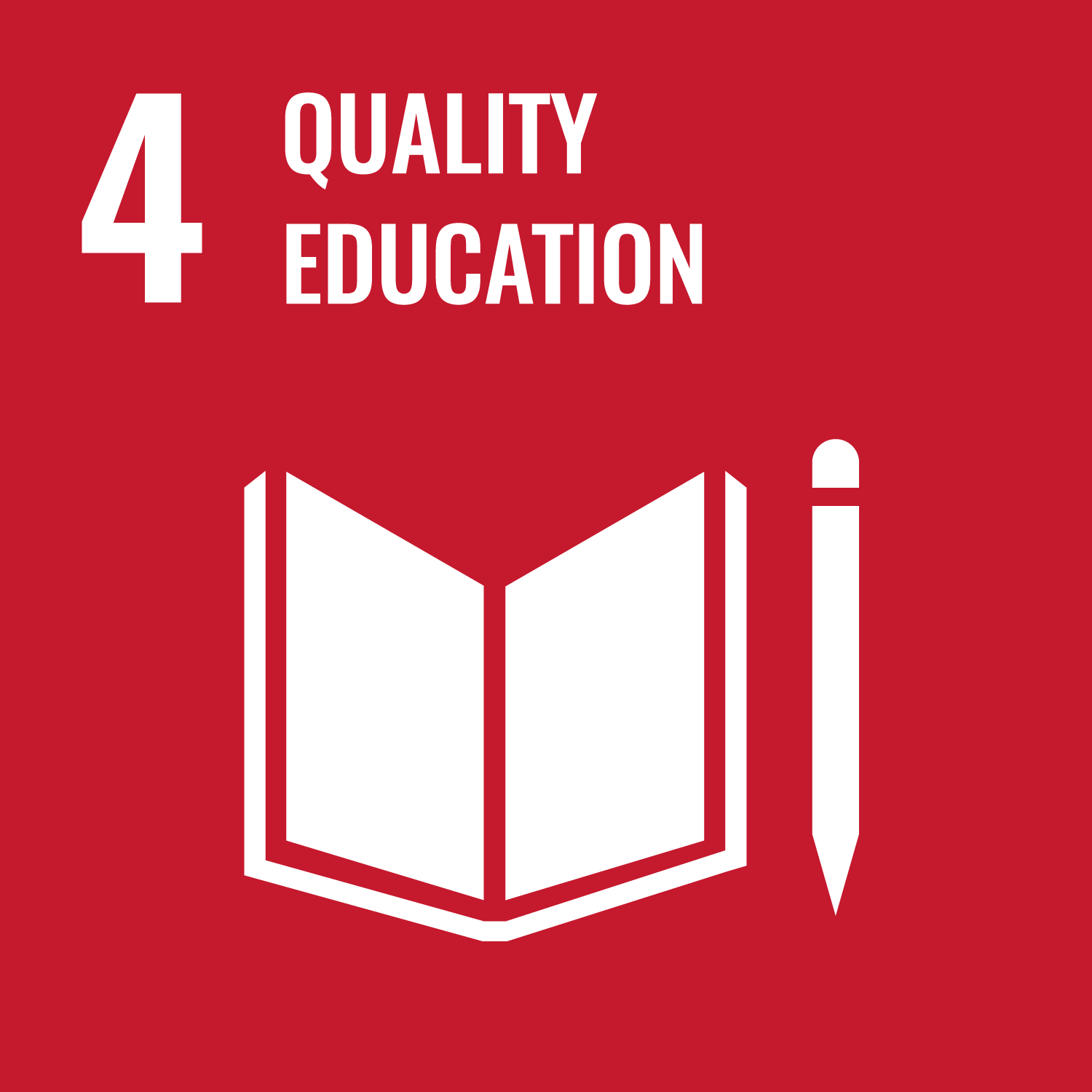ORCID
- Thomas C.E. Gale: 0000-0003-4551-5860
Abstract
Background The UK, like many high-income countries, is experiencing a worsening shortfall of general practitioners (GPs) alongside an increasing demand for their services. At the same time, factors influencing junior doctors’ decisions to apply for GP training are only partially understood and research in this area has been hampered by the difficulties in connecting the datasets that map the journey from student to qualified GP. The UK Medical Education Database (UKMED) has been established to ameliorate this problem by linking institutional data across the spectrum of medical education from school to specialty training. Our study aimed to use UKMED to investigate which demographic and educational factors are associated with junior doctors’ decisions to apply for GP training. Methods Study data, provided by the UKMED Development Group and accessed remotely, contained longitudinal educational and sociodemographic information on all doctors who entered UK medical schools in the 2007/2008 academic year and who made first-time specialty training applications in 2015. We used multivariable logistic regression models to investigate two binary outcomes, namely (1) application to GP training, possibly alongside applications to other specialties, and (2) application solely to GP training. Results Of 7634 doctors in the sample, 43% applied to GP training possibly alongside other specialities and 26% applied solely to GP training. The odds of applying to GP training were associated with particular demographic factors (being female, non-white or secondary educated in the UK increased the odds of application) and educational factors (non-graduate entry, intercalation and above-median academic performance during medical school all decreased the odds of application). After adjusting for these factors, both the medical school and the foundation school attended were independently associated with the odds of applying to GP training. Conclusions Our findings suggest that the supply and demand imbalance in UK primary care might be improved by (1) efforts to attract greater numbers of female, non-white and UK secondary-educated students into medical schools, and (2) targeting resources at medical and foundation schools that deliver doctors likely to fill significant gaps in the workforce. Further research is required to better understand inter-school differences and to develop strategies to improve recruitment of GP trainees.
DOI Link
Publication Date
2017-12-21
Publication Title
BMC Medicine
Acceptance Date
2017-11-29
Recommended Citation
Gale, T., Lambe, P., & Roberts, M. (2017) 'Factors associated with junior doctors' decisions to apply for general practice training programmes in the UK: Secondary analysis of data from the UKMED project', BMC Medicine, . Available at: 10.1186/s12916-017-0982-6


